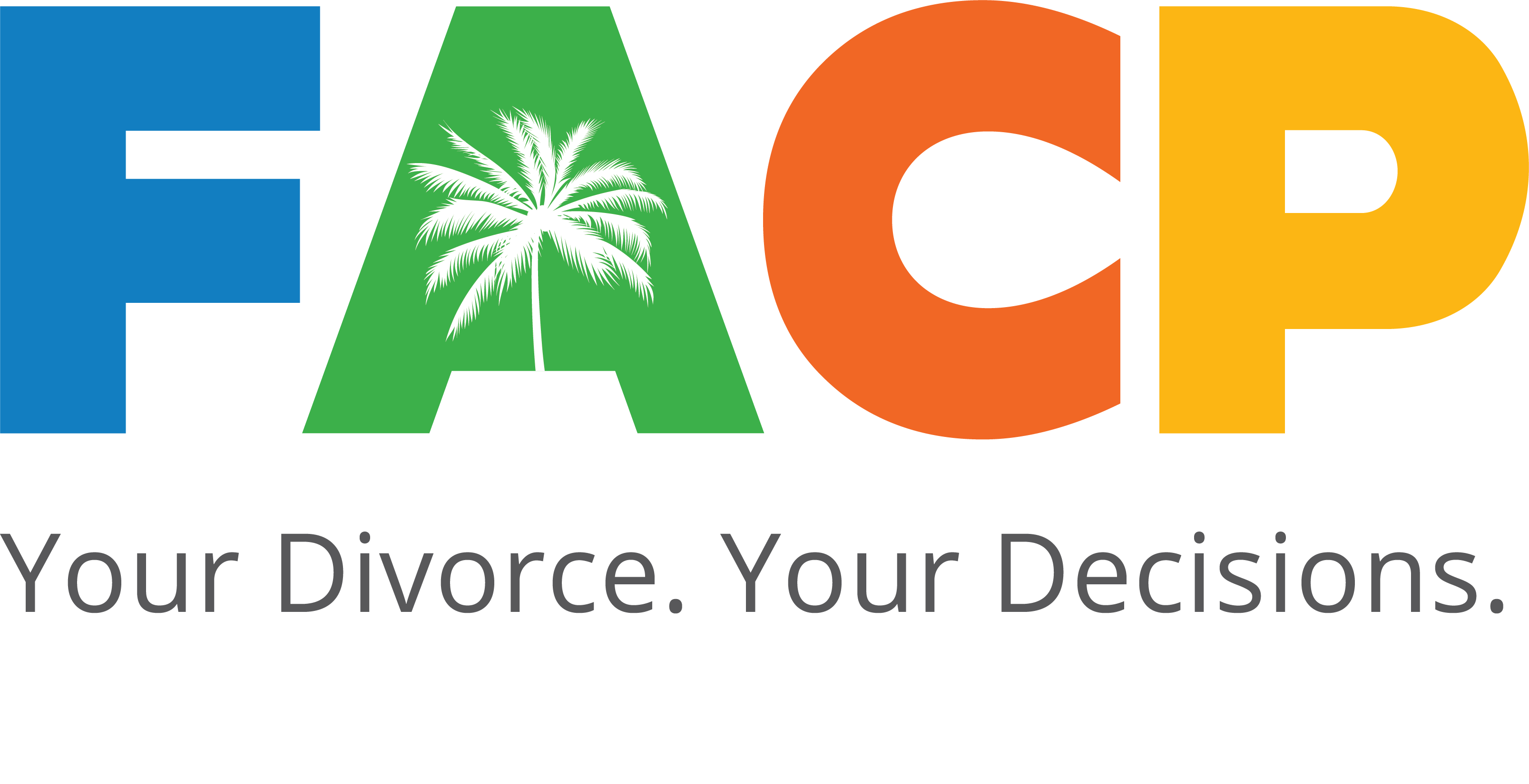Beginning the Collaborative Process with clients presents unique challenges. In particular, it’s difficult to predict whether clients will maintain an open mindset or adopt rigid stances that could jeopardize the entire process. As a Collaborative Neutral Facilitator, one of my major functions is to help guide the team toward maintaining a creative and solutions-focused approach. While option-building can be difficult, navigating a speed bump often requires a different solution than hitting a roadblock. This is where the expertise of a professional team becomes invaluable, enabling them to tailor their options to best serve their clients’ needs.
The roadmap for the Collaborative Process that guides the steps of a Collaborative case outlines that clients first agree to the process and sign a Participation Agreement. The Participation Agreement includes verbiage that clients will be open to cooperation and are committed to resolving their differences to achieve an acceptable resolution. While this is a core goal of the clients and professionals, resolving differences is theoretical at the outset of a case and usually becomes more challenging as the process continues. This challenge arises because divorce is inherently an emotional process.

Where people find themselves, and what they can agree to, changes from moment to moment depending on their emotional state, and each state tends towards a set of beliefs and behaviors. For example, a client who has agreed to cooperate can get stuck in: “After what he’s done, I deserve to get it all!” (emotional state with resentment and inflexibility) versus “I can live with X. It won’t cover everything I want, but I want to move on and find a way to deal with it” (emotional state with hope and flexibility).
Even at the stage of clients discussing their interests and goals, it can be unclear where they may get stuck in the process, because we primarily outline their core interests to have room for option-building. The couple might be looking to “get through this without spending any more fees than necessary,” and they can feel hope and open-mindedness. But later, when they get specific about what they both want, and their differences come to the surface, they might feel a familiar fear and the resulting anger derails them into single-mindedness – “It has to be this!” They get entrenched and potentially very far apart from any potential agreement.
In my work with clients, I explain these changes in their emotional state by letting them know that none of us are of one mind about things. We typically have conflicting “parts” – a concept that the Internal Family Systems (IFS) therapy model has normalized and helps make positive use of. Whether in therapy or the Collaborative Process, we can use this concept that validates and honors clients’ different parts: “A part of you is so hurt and angry and can’t see a way to agree to anything else, while another part of you wants to find a solution that will work well enough, and you can move on.” Sometimes, this helps clients get a little distance – they can see what they are doing, see how they’ve gotten into a more rigid “part,” and settle back into the option-building. Sometimes, clients can move all the way through dealing with interim issues, gathering information, and option-building. And yet, they still can’t select an acceptable option for meeting their most important goals.

In one of my most recent cases, one of the clients stated, “I want what I’m legally entitled to,” for one of his initial goals. After the Financial Neutral gathered the financial information, each spouse had vastly different perspectives on their funds’ marital/non-marital nature and, therefore, significant differences in their expectations of dividing the assets. Our experienced Financial Neutral offered some creative options, but the clients could not agree. They faced the possibility of the Collaborative Process ending and heading to trial. Emotionally, each felt hurt and angry enough that even the potential expense they faced in litigating seemed “worth it.” What to do?
While one option was to set another entire team meeting to see if the clients could make incremental movement toward a resolution, the professional team agreed that given the disparity of what they were looking for, it might be better to shift to a different Alternative Dispute Resolution process – Collaborative Mediation. The attorneys on our team selected a collaboratively trained mediator who had previously been a family court judge, with the hopes that the mediator might be able to make it clearer that the outcome in court was uncertain and the financial risk for both parties was high. The team also wondered whether the different environment of a mediation (“this is the last chance…”) might make a difference. We held both the Collaborative full team meetings and Collaborative mediation via Zoom. I stayed in the main Zoom room during the mediation in case emotions escalated and I could offer help.

At some point during the mediation, I entered the break-out room with the husband and his attorney. The client talked about the unfairness he felt about what his wife was asking for. He was upset and felt that he had worked so hard all his life to establish financial security. He was stuck in anger and resentment. I validated that he had worked hard and emphasized that he had strengths that would help him build back his financial security. I also reminded him that the freedom to move on from the divorce would allow him to: focus on building the best possible relationship with his children, find love again, and focus on his work, all of which would be many months and years down the road if he chose to litigate. As we talked, I witnessed him find access to a different “part.” He brought back to the table an option that his attorney had previously suggested, and he’d dismissed, and his spouse was willing to agree to it. The client was still angry, but he had access to enough hope to enter into an agreement and allow himself move on.
In this case, as in other Collaborative cases, Collaborative Mediation can be a valuable tool for moving a case across the finish line. When faced with the real possibility of litigation after all the work they have given the Collaborative Process, some clients might find access to a “part” of themselves willing to consider different options in a different Alternative Dispute Resolution process. Along their Collaborative journey they benefited from having the experience of a supportive professional team, held joint goals together, and agreed that they wanted to avoid the increased time, money, damage to children, and lack of privacy that litigation threatens to bring. When moving to Collaborative Mediation, clients can keep their same attorneys who are focused on finding a solution, have their financial and mental health neutral present if needed, and move past even the most daunting roadblocks to an acceptable agreement.






